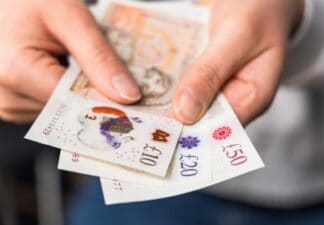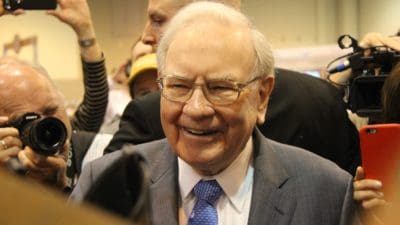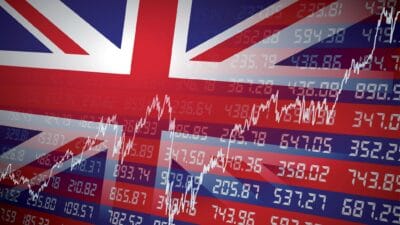Over the past two years, shares in BT (LSE: BT.A) have plunged by nearly 48%, excluding dividends, a tremendous decline in value for one of the UK’s premier companies. What’s more, over the period, the stock has underperformed the FTSE 100 by a staggering 63%!
However, BT now supports one of the most attractive dividend yields in the FTSE 100. At 7.1%, there are only eight other firms in the blue-chip index that offer a higher level of income.
But the question is, how safe is this payout? Can BT continue to afford to meet its obligations to investors? Those are the questions I plan to answer in this article.
Cash is king
The first place I like to look when evaluating the sustainability of a company’s dividend distribution is its cash flows. Cash flows are much more representative of a business’s financial position than the profit and loss account, which can be influenced by non-cash adjustments that reflect negatively on its financial situation.
For example, for the financial year ending 31 March, BT reported a net income of just over £2bn. However, after stripping out non-cash items, the group reported operating cash flow from operations of £5bn. After deducting capital spending of £3.4bn from this figure, BT had £1.6bn free to return to investors, which was just enough to cover total dividends for the year of 15.3p per share.
Pressure is building
So, based on last year’s figures, BT’s dividend does look to be sustainable. Unfortunately, the company’s financial situation is only going to get harder going forward. And supplementary pension, as well as capital spending obligations, could put pressure on shareholder payouts.
One prominent feature in the company’s accounts is the sizeable net debt, running close to £9.6bn, and pension deficit of around £11.3bn. To get the latter under control, BT has agreed with the trustee of the pension scheme to make payments of £2.1bn by March 2020, pay around £900m a year for 10 years after that, and raise around £2bn in debt for the pension fund by issuing bonds.
Further, the group will provide additional payments to the pension scheme if shareholder distributions exceed a threshold, which has been set at dividend growth of 10% a year, and a further £200m per year for share buybacks.
As well as these additional pension funding requirements, BT has been pressured to devote £3.7bn to upgrade its mobile and fibre networks over the next few years.
Cash crunch
Increased capital spending and pension payments are going to weigh on BT’s cash flows. Some of the additional spending will be offset by the firm’s £1.5bn of cost savings management is targeting from job losses, but there’s only a finite amount of cash to go round.
With this being the case, even though management has stated that the current dividend level is sustainable, I’m not so sure.
Cutting the payout by 50% would free up £750m a year in cash, enough to make a sizable dent in BT’s debt mountain of £9.6bn over several years. A lower level of debt would, in my opinion, significantly improve the group’s profile as a long-term income investment.







